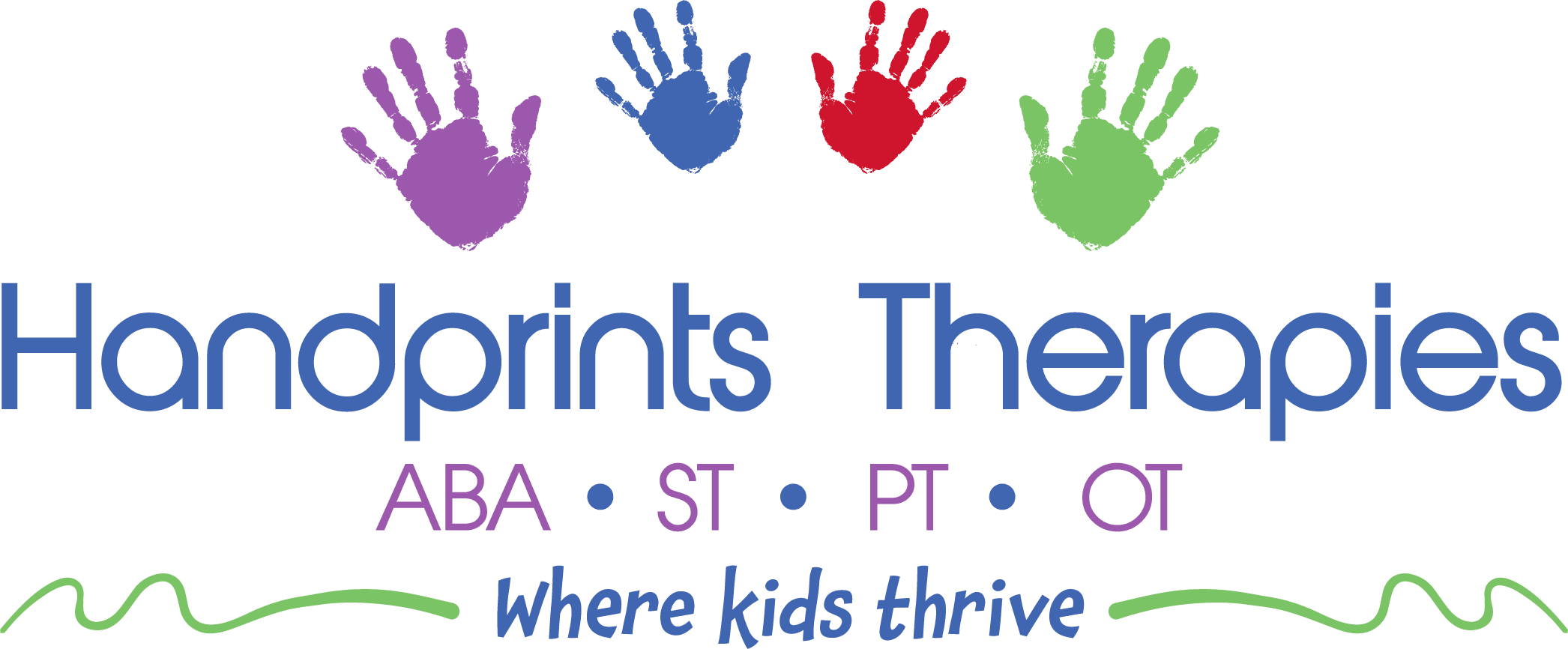At Handprints, our occupational therapists work cross-functionally with the ABA program to effectively “co-treat” difficulties your child is experiencing. If your child is already enrolled in our ABA program, they may be able to receive their occupational therapy sessions during their ABA hours if they qualify for co-treatment.
Key Benefits of Combining Occupational Therapy + ABA
When combining occupational therapy with ABA, various therapists will be present for your child’s session. Their BCBA (Board Certified Behavior Analyst) or RBT (Registered Behavior Technician) will attend sessions along with their occupational therapist, allowing the disciplines to support one another for a successful therapy session.
Collaboration between occupational therapy and ABA helps to increase the carry-over of skills and goals from each session. Getting the various disciplines into the same room helps your child’s occupational therapist achieve a better understanding of how to support their ABA programming, as well as provides the ABA team support with carrying over occupational therapy goals throughout their ABA hours.
By seeing what your child’s occupational therapist is focusing on, the BCBA or RBT who joins their session is able to immediately start working on the skills and techniques that their OT modeled during the session.
How to Decide Which Therapy Types Are Needed
Deciding on which types of therapy are appropriate for your child will happen during their initial evaluation, or can be recommended by their current therapist at any point during the course of treatment. At Handprints, we always remain open to the idea of adding additional therapy types if they will help your child achieve their goals.
One benefit to receiving therapy services in a center that has multiple disciplines, such as here at Handprints Therapies, is that therapists in each discipline may also recommend additional therapies to their current learners if they see a need.
When your child first starts with Handprints Therapies, initial assessments are completed by the SPOT team or the ABA team that look at your child as a whole and evaluate their needs. Recommendations as to what other services may be beneficial for your child can be discussed during this initial assessment, or at any point during treatment.
